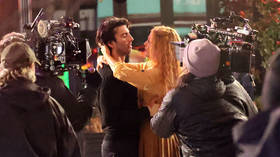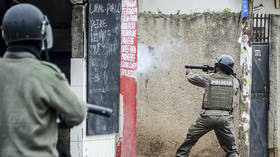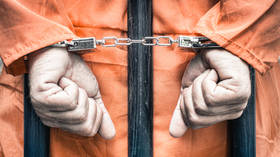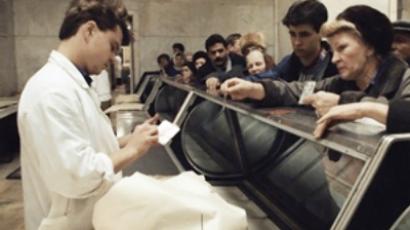Anti-Gorbachev putsch member dies at 73
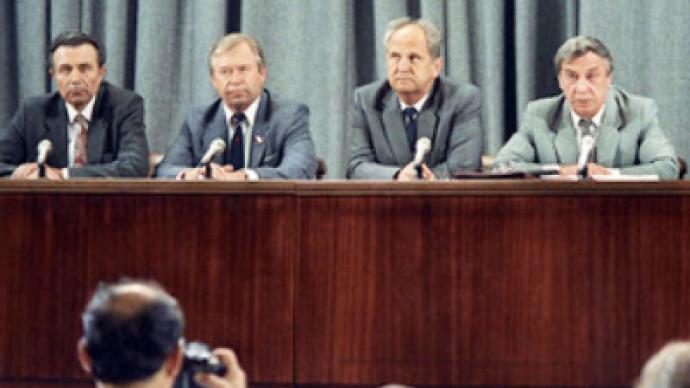
Gennady Yanaev, one of the key figures in the 1991 coup attempt, which was supposed to oust Mikhail Gorbachev and revitalize communist rule over the Soviet Union, has died in Moscow.
Yanaev had suffered from a serious lung disorder for some time. On Thursday he was taken to hospital, but was too weak to survive treatment, reports Interfax.
Mikhail Gorbachev – who was elected the first (and only) president of the USSR in March 1990 – nominated Yanaev as his vice president on December 27 of that year.
After coming to power in 1985 as the General Secretary of the Central Committee of the Communist Party of the Soviet Union, Gorbachev announced that his main goal was to revive the Soviet economy, which was on the verge of collapse. But that was impossible without reforming the political and social structure of the whole nation. So he launched radical reforms, giving more freedom to people, easing state control over the media. “Perestroika” and “Glasnost” became the catch-cries of this era of politics.
However, things went out of control as Gorbachev’s policies brought the USSR even closer to collapse. The union began experiencing severe shortages of food supplies, forcing the president to reintroduce a wartime food card system. The easing censorship resulted in a rise in nationalist and anti-Russian moods in Soviet Republics, especially in the Baltic States and several Central Asian republics.
Some devoted Communists were firmly opposed to Gorbachev’s policies, which were heading towards the dissolution of the Soviet Union. On August 19, 1991, Yanaev, along with several other high-ranking officials, formed the so-called “State Emergency Committee” and launched a coup, attempting to remove Gorbachev from power.
Yanaev became the public face of the coup and was declared acting President of the Soviet Union. The state broadcaster announced that Gorbachev was unable to continue duties as head of state because of illness, the power was transferred to the emergency committee and a state of emergency was declared in the country. Troops were brought into Moscow. That became the time when a new hero – Boris Yeltsin – made a starring appearance on the stage. Having climbed a disabled tank near the White House, the parliament building, the newly elected president of the Russian Federal Republic within the USSR urged not to follow the committee’s orders, claiming its actions were unconstitutional and launching the putsch resistance. The troops – sent by the committee – refused to shoot and disperse demonstrators who took to streets to protest the coup.
For three days Gorbachev was held captive in his government “dacha” in Foros, Crimea. By August 21, the coup had been suppressed and its leaders had given up. Gorbachev returned to the capital, but found himself powerless, since all public support had swung over to Yeltsin, who had managed to suppress the coup and continue the course towards further democratization. On 25 December, 1991, Gorbachev stepped down from power.
Following the August putsch, Yanaev was arrested and held in custody for three years, but in 1994, then-Russian President Boris Yeltsin granted him amnesty.
Born in 1937, in his early years, Yanaev pursued a career in the Communist Party, first as a member of the Komsomol and later as a party activist. In 1968, he chaired the USSR’s committee for youth organizations. In 1986, he headed the organization co-ordinating all the country’s trade unions. In 1990, he entered the Politburo, the party’s executive committee. In December 1990 he was appointed the vice president of the Soviet Union.



